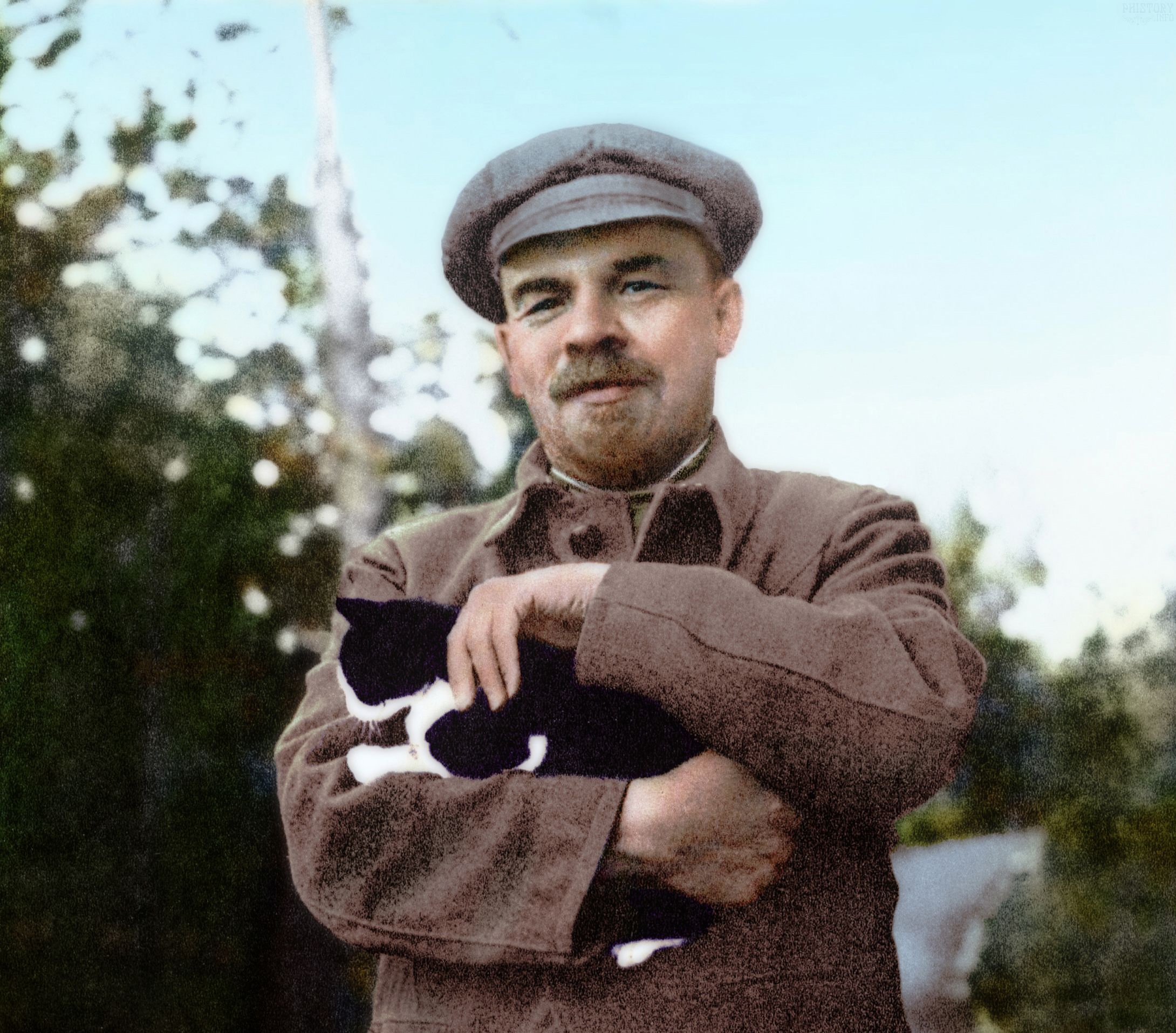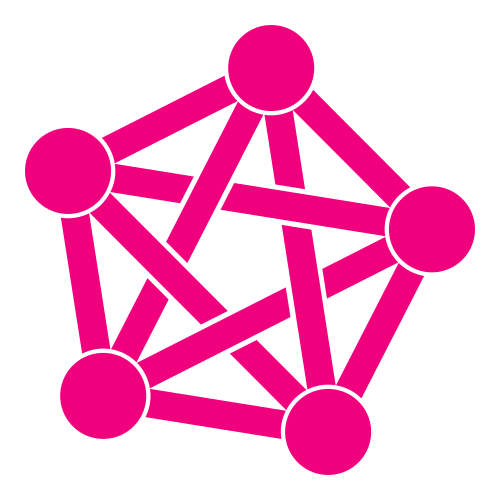Fediverse and parasocial relationships
-
Shouldn’t the fediverse discourage patterns that create parasocial relationships?
-
Wouldn’t it be better if the standard was a symmetrical relationship between users instead of the asymmetrical follow model?
-
Most big social medias thrive on parasocial-relations, is it necessary to emulate that model for success?
-
Shouldn’t we focus on community building and mutual friendship instead of forcing everyone to be a mini-celebrity?
-
Aren’t communities/groups better for discoverability than the public feeds of mastodon, pleroma,etc


I had to look up parasocial relationship, but I strongly agree with your points. Though in some cases the follower / following relationships may be needed, it presents a very poor basis for rich social interaction online.
For some time I am advocating for an ActivityPub extension that allows for social networks that are more representative to the complex social interactions we have in the real world. I call it the “Community has no Boundary” paradigm, and it basically allows application designers the ability to define Groups with arbitrary relationships to other Actors.
It is just a vocabulary extension, and optional. Can be part of a growing pattern library of building blocks for federated apps. With a Community concept in place one can model additional functionality on top, e.g. Moderation or Governance, etc.
Here’s a draft model that depicts the idea:
Note that in the Pixelfed Groups discussion I followed up with a lot of elaboration of the above.